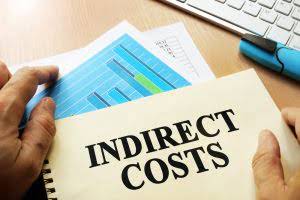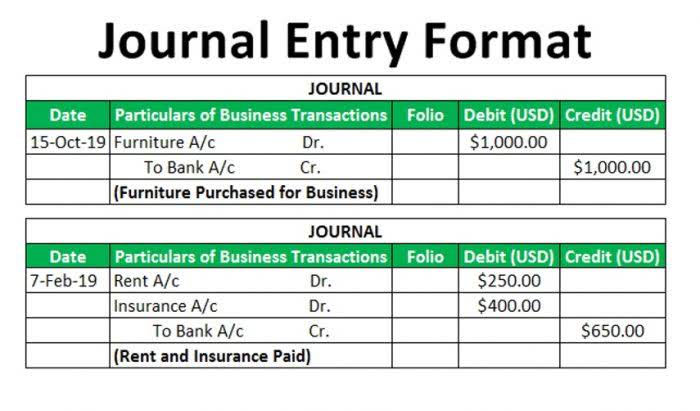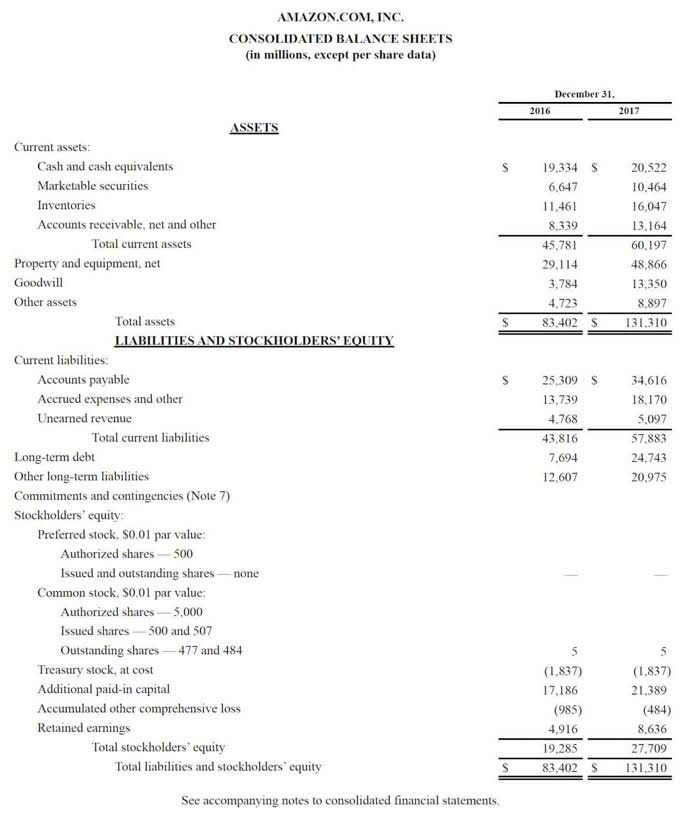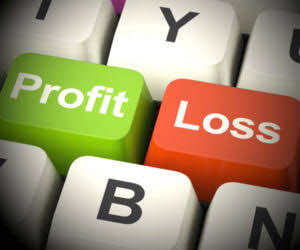
Organizations wanting to use a forecasting technique that is free of cost and can offer a better chance of success for future sales opt for this method. When performing any financial calculations, accurate data is your number-one priority. With https://www.facebook.com/BooksTimeInc/ Zendesk Sell, keeping track of your customers and your transactions is easy.

Our Team Will Connect You With a Vetted, Trusted Professional

This data encompasses sales and all business expenses related to sales, including inventory and cost of goods. The Percent of Sales Method involves projecting future financial metrics by applying a consistent percentage to expected sales figures. This percentage is typically derived from historical data, making the process relatively simple and intuitive. For example, if a company historically spends 10% of its sales revenue on advertising, it can predict future advertising expenses by applying this percentage to its projected sales. The percentage of sales method refers to a financial forecasting model that enables a business to predict financial alterations based on spending accounts and past and current sales. Moreover, it can help organizations prepare a comprehensive financial outlook statement.
Do you already work with a financial advisor?
Over the past three years, the company found that its marketing expenses averaged 8% of total sales, while its operating expenses averaged 12%. Joist helps manage sales, streamline operations, and create detailed estimates and invoices. These capabilities contribute to a clearer understanding of your financial situation.
- With Zendesk Sell, keeping track of your customers and your transactions is easy.
- Multiply the total accounts receivable by the historical uncollected accounts percentage to predict how much these bad debts might cost for the time period.
- The old data won’t take into account any big new changes so the results wouldn’t be particularly useful.
- Let us look at his percentage of sales method calculation example to understand the concept better.
- 11 Financial is a registered investment adviser located in Lufkin, Texas.
- This data encompasses sales and all business expenses related to sales, including inventory and cost of goods.
Brighten Your Financial Forecast With Joist
- Time for the electronic store’s owner to sit down with a cup of coffee and look at the relevant sales data.
- Suppose Panther Tees is a t-shirt retailer that sells t-shirts directly to consumers via its online platform.
- By expressing certain costs and expenses as a percentage of sales, companies can create more accurate and manageable financial plans.
- We’ll use her business as a reference point for applying the percent of sales method.
- Sales may directly influence specific accounts on financial statements.
- Additionally, it does not take into account changes in inventory costs over time or fluctuations in the demand for certain products.
The percentage-of-sales method is used to develop a budgeted set of financial statements. Each historical expense is converted into a percentage of net sales, and these percentages are then applied to the forecasted sales level in the budget period. For example, if the historical cost of goods sold as a percentage of sales has been 42%, then the same percentage is applied to the forecasted sales level. The approach can also be used to forecast some balance sheet items, such as accounts receivable, accounts payable, and inventory. The percentage of sales method definition refers to businesses’ forecasting tools to predict multiple liabilities, expenses, and assets based on their sales data.
Historical data is less reliable for fast-growing companies
This article guides you through using the calculator effectively and provides insights into the formula, examples, and FAQs. Multiply the total accounts receivable by the historical uncollected accounts percentage to predict how much these bad debts might cost for the time period. Reviewing historical data of uncollectible accounts and the industry benchmark for bad debt expenses can work out the percentage needed for the forecast. Most business owners will want to forecast things like cash, accounts receivable, accounts payable and net income. Because the percentage-of-sales method works closely with data from sales items, it’s not the best forecasting method for things like fixed assets or expenses. An approach that estimates bad debts based on a percentage of credit sales, aligning expenses with related revenues.
- In conclusion, the Percent-of-Sales method is an essential tool for financial forecasting in organizations.
- Once she has the specific accounts she wants to keep tabs on, she has to find how they stack up to her overall sales figures.
- This assumes that all accounts determined to be uncollectible have already been written off against Accounts Receivable and the Allowance account.
- However, the company’s net income is negative if that is not the case.
Percentage of sales method example
This method is seen as more reliable because it percentage of sales method breaks down the probability of BDE by the length of time past-due. There is a lower chance that recent purchases won’t be settled by the credit card companies than purchases over a month out. This allows for a more precise understanding of what money may be lost. Credit sales carry a great deal of risk despite their convenience, including processing fees. Bad credit expense refers to purchases that go uncollected due to credit card complications on the customer end. Liz’s final step is to use the percentages she calculated in step 3 to look at the balance forecasts under an assumption of $66,000 in sales.
In this article, we’ll https://www.bookstime.com/ discuss what the method is, how to use it, show an example, and illustrate some of its benefits. Easily calculate drop-off rates and learn how to increase conversion and close rates. Next, Barbara needs to calculate her estimated sales for the upcoming year. Still, despite its shortcomings, it’s a useful method worth understanding and being able to apply. Someone on our team will connect you with a financial professional in our network holding the correct designation and expertise.

The 12 Best Sales Forecasting Software in 2022
This method just focuses on accounts receivable and can complement the percentage-of-sales calculations. These drawbacks show why other financial forecasting techniques are needed. Profitability ratios, for example, are an excellent tool for a more detailed and accurate financial forecast. There are several advantages to using the percentage-of-sales method. First, it is a quick and easy way to develop a forecast within a short period of time.

This technique is popular among advertising companies owing to its straightforwardness and the ability to directly link advertising expenditures with revenue or sales. The Percent-of-Sales method is a crucial tool in Marketing Mix Modeling, Sales Forecasting, Revenue Management, Profitability Analysis, and Pricing Strategy. It is a financial forecasting technique that utilizes historical figures to predict future sales within an organization. In this post, we will dive deeper into this method and answer the most commonly asked questions about it. A business would need to forecast the accounts receivable or credit sales using the available historical data. Understanding how quickly customers pay back credit sales over different periods, such as 30, 60, and 90 days, also helps.
